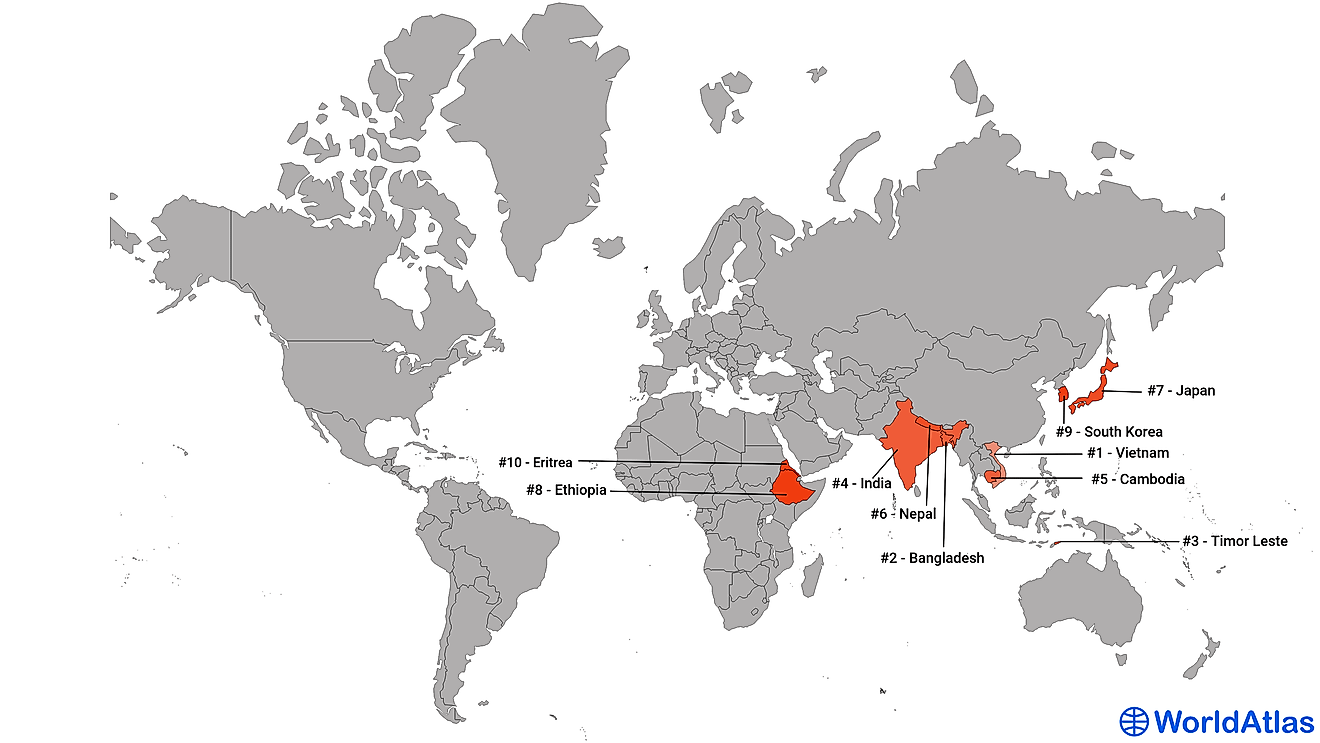What is the Concentric Zone Model?

The Concentric Zone Model is a model explaining the internal structure of urban social setting with an arrangement of social groups in a series of rings. It was the first model to describe the distribution of various social groups in cities. The development of the model was based on the idea that the nature of growth of a city is that it starts from a central region and grows outwards in a series of rings. Notably, the order of the rings is constant, but their sizes can change.
Model Description
The zones of a city, according to the model, include the central business district, transition zone, inner suburbs, outer suburbs and the commuter zone. The model implies that the extension of a social structure begins from the central business district (CBD). In other words, the low-earning people reside near the city center while the high-earning people live some distances away from the central area of the city, mainly because they can pay for their travel to and from the city center. Besides, as one moves further, the density of the city is decreasing, and there is a tendency of a rise in rent in the areas which are further away from the CBD in certain cities.
The high cost of movement away from the city center and the trend of high rent costs away from the CBD makes the number of residents near the inner city high since it would be cheaper to live there than to reside in a place far from the central city. Furthermore, there are chances that one would find condominiums in the regions which are farther away from the CBD, hence the concentration of residence at the city center.
The Important Features of the Model
The key characteristic of the Concentric Zone model is that there is a positive relationship between the households' economic status and the distance from the central business district. Therefore, it implies that wealthy families are farther from the city center than the households which are less affluent. According to Ernest Burgess (model developer), this changing pattern of households brings about the process of "invasion" and "succession" in which the outward growth of the CBD involves the invasion of the neighboring residents, making them move outwards, resulting in city expansion.
The development of the city entails the transfer of growth pressure outwards to the successive neighborhood. Burgess further pointed out that most residents in the inner city are those of low socioeconomic status and immigrants. Therefore, as the city expands, this group of people moves to the neighboring residential areas, making the wealthy group move farther away from the city center.
Criticisms Towards the Model
Several modern geographers have challenged the Concentric Zone Model, claiming that it only applies to the US cities. Besides, the cities in the United States are currently growing without clear zones, due to the technological and transportation advancements. Other criticisms towards the model include its peculiar description of American geography and its assumption of an isotropic plane. The model also leaves out the concept of urban politics and does not fit polycentric cities.











